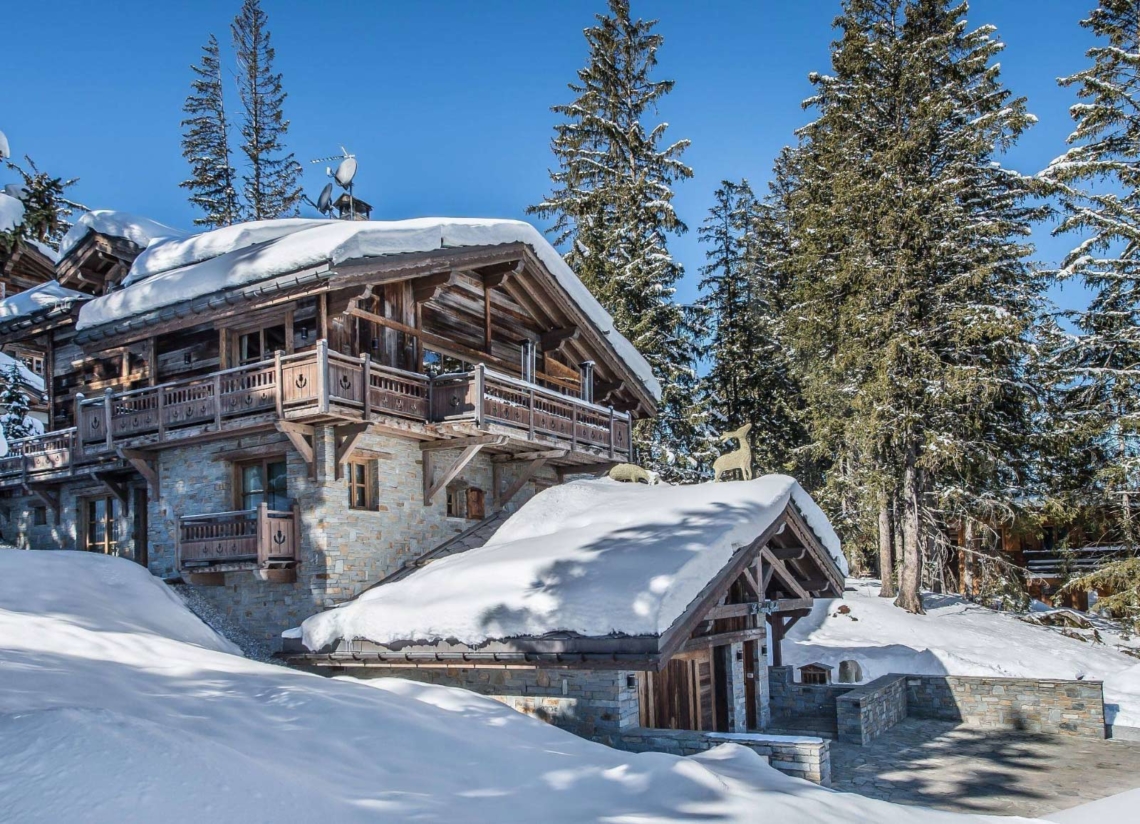Rustic and timeless, homey yet luxurious. These are words commonly used to describe quaint villages in the French Alps.
Whatever season, a trip to top French resort destinations like Courchevel and Megève takes travelers on a thrilling feast for the senses. During the spring and summer, vacationers can expect panoramic views of lush fields, rolling hills, and bright sunshine. Meanwhile, the communities transform into magical wonderlands perfect for skiing and other snow activities in winter.
Aside from the plethora of adventures and natural wonders that the place beholds, what makes the French Alps more unique are the mountainside alpine homes known as chalets, known for their beauty, functionality, and masterful architectural design.
What Is A Chalet?
A chalet is a type of home or accommodation found in the alpine regions of France, Italy, and Switzerland. Cattle farmers typically use these houses to bring their herd up the mountains to graze at the lush, fertile grounds during spring and summer. In addition, farmers used these dwellings as storage for milk, cheese, and dairy produced from the livestock and cattle herd.
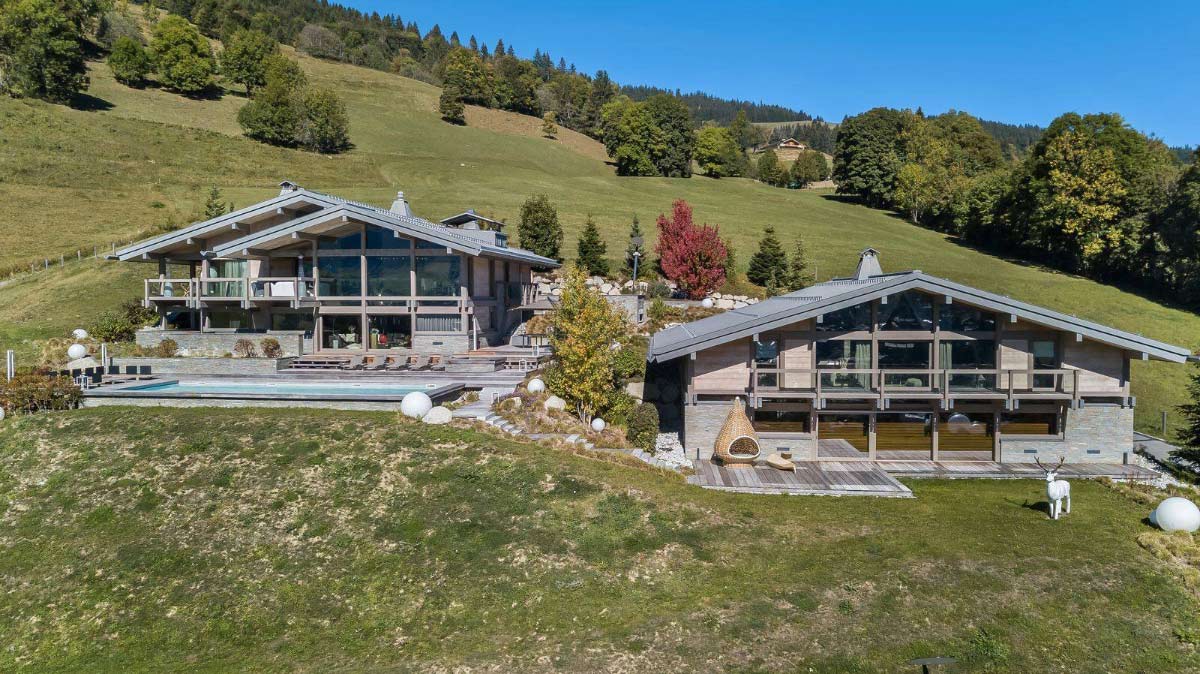
Herders often own two or more chalets at varying altitudes, allowing them to move according to the change of season. In the French Alps, this seasonal migration is called “la transhumance.” Once winter arrived, farmers and their families would lock up their chalets and head to the lowlands and valleys to avoid the harsh winter winds and snow.
The term “chalet” dates back to the 1300s and describes log cabins built in Switzerland and the French Savoy. “Chalet” came from the Latin word that means “shelter” or “hut of a herder.” Later, the term developed to depict all small houses up the mountains.
The Anatomy Of A French Chalet
While generally recognizable as rustic mountain homes, the architectural styles of chalets vary from region to region depending on the availability of the materials used for construction. Areas like Haut-Chablais and Beaufortain are known for their chalets with wooden exteriors, while towns like Chartreuse and Tarentaise construct their chalets using stones.
French chalets can withstand harsh climates and environments in elevated areas well within the mountains for a better source of heating and protection. Stables are built on the bottom floors so the animals can provide additional heating to the upper floors. These French chalets also feature fireplaces to guarantee warmth on cold days.
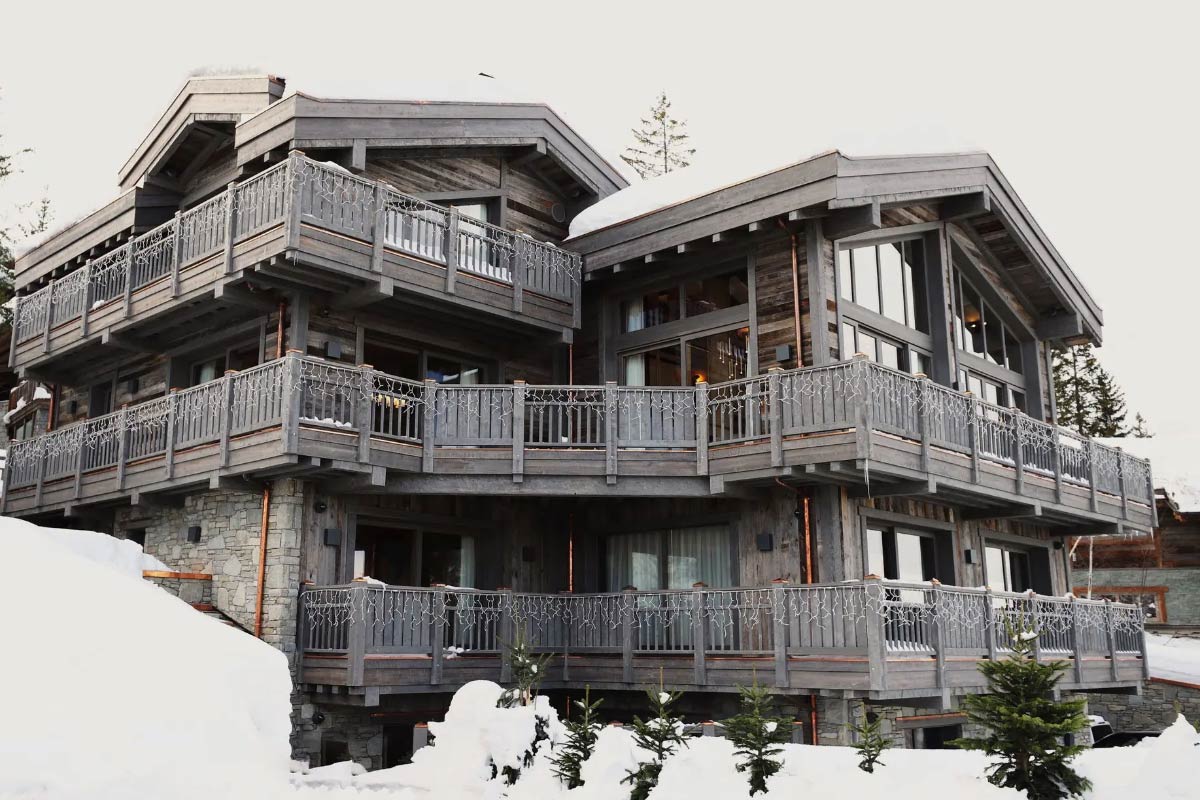
Many chalets also have balconies commonly used to store wood and hay. During winter, these balconies become icy, allowing residents to use them as outdoor refrigerators and pantries.
Another vital architectural design of chalets is the gable roofs with eaves. Winter in these regions often brings heavy snowfall; thus, the symmetrical roofs ensure that the snow load is equally distributed and won’t cause any damage to the structure. The slopes also come in handy when the snow eventually melts, as the melted ice and water deposits can slide off easily.
French Chalets And Luxury Travel
In the 1900s, the rise of leisure travel paved the way to breathe new life into chalets’ architectural designs and utilization. Travelers discovered the allure of touring alpine regions, and herders found the opportunity to market their homes as vacation homes and temporary accommodations to tourists. By 1960, alpine destinations became more in demand with the rise of air travel.
Today, French chalets are associated with luxury as they are now mainly used as vacation rental homes for those visiting luxury ski resorts in the French Alps region. While these homes are no longer used to tend livestock, the traditional design and architecture of chalet homes are still evident, which helps keep the heritage and culture of the local communities alive.
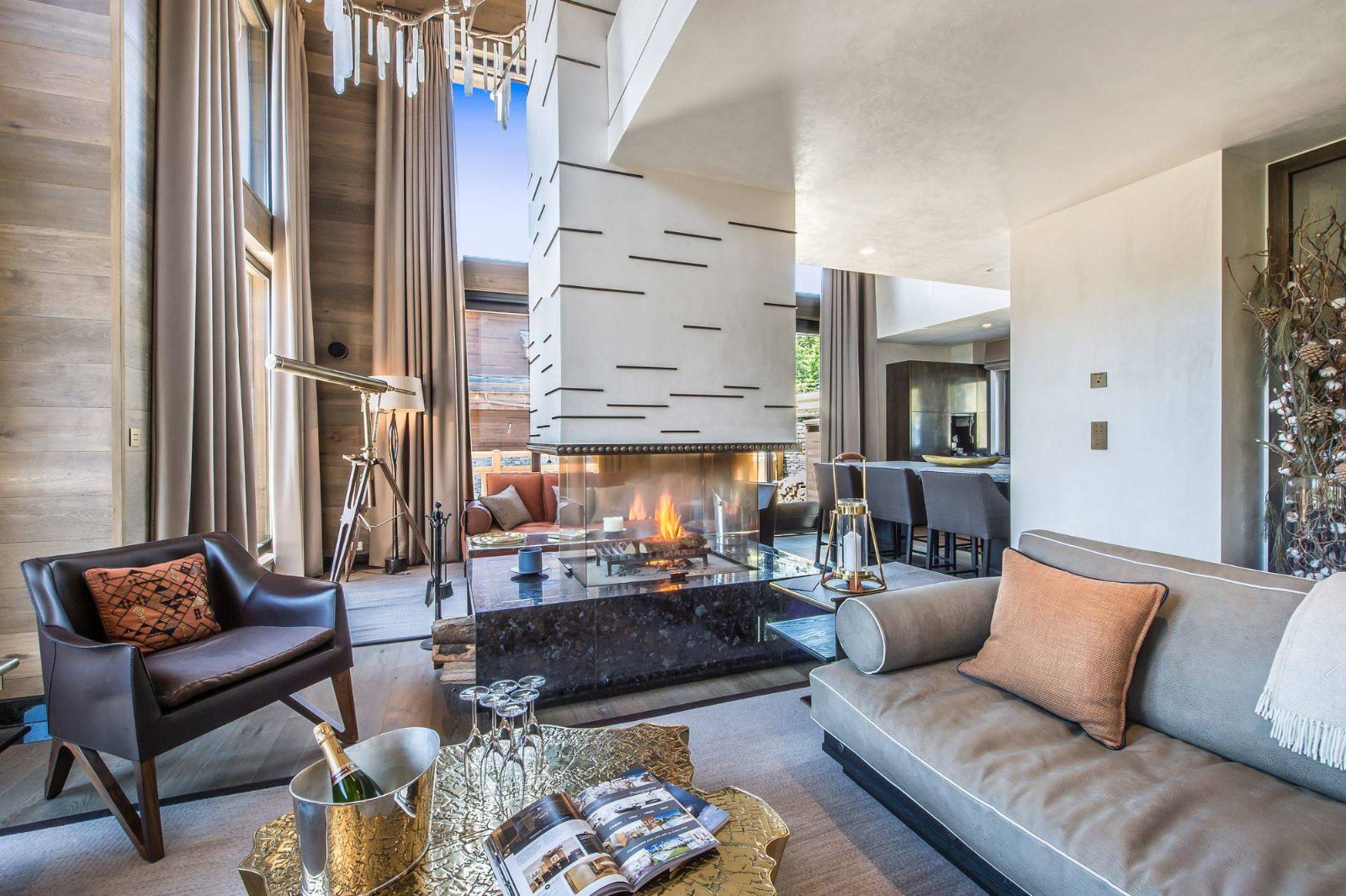
While modern chalet developers still value practicality and functionality, aesthetic appearance is a priority. As a result, French chalets have evolved to become the ultimate depiction of contemporary luxury living in Europe.
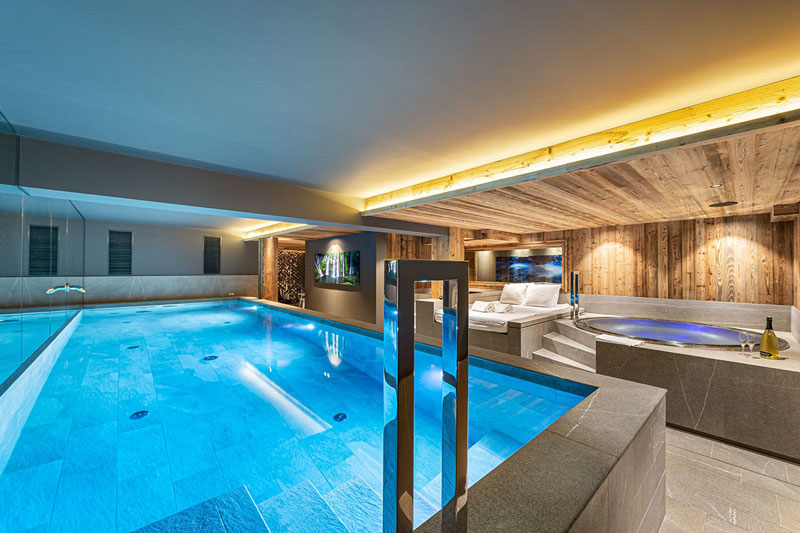
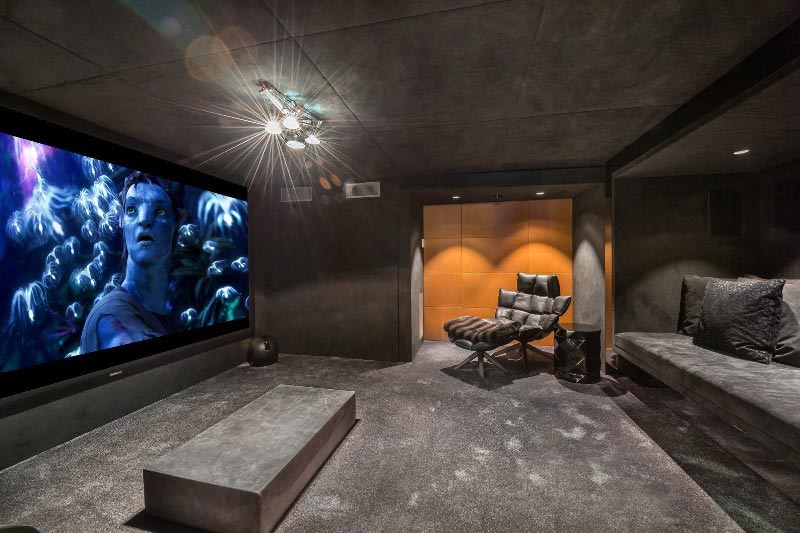
Modern chalets feature traditional architecture and design, modern conveniences, and lavish facilities such as heated indoor swimming pools, saunas, jacuzzis, fitness rooms, and home theaters. These dwellings also offer the spacious and cozy living spaces that chalets are known for. In addition, luxury French chalets in Courchevel and Megève provide concierge services to cater to the guests’ personalized needs.
Whether for beauty or function, French chalets have stood the test of time and continue to be everlasting icons for local communities and travelers looking for the ultimate alpine adventure.


